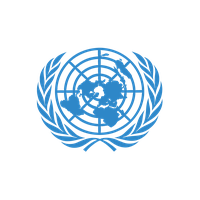
International Women's Day
Taking place on 8th March every year
Celebrating the economic, political and social achievements of women past, present and future.
About the event
This Day aims to highlight the importance of creating conditions for the elimination of discrimination against women and for their full and equal participation in social development. At the second International Conference of Working Women in 1910 it was decided by a coalition of unions, socialist parties and working women’s clubs that an International Women’s Day should be held. The day was to be used to push for the civil and economic rights of women everywhere.
In 1911 the first International Women’s Day was held, beginning a tradition now over 100 years old. Today, the day is used to celebrate women's achievements, raise awareness about women's equality, lobby for accelerated gender parity and fundraise for female-focused charities.
How to approach it
There are many different ways you can approach International Women's Day. This is because there are so many issues both globally, nationally and locally that intersect with women’s issues. Students should be encouraged to make connections between issues closer to home and those that affect women who live in very different national, economic or cultural contexts. Ask students to think about how women’s issues in the UK such as sexual violence, pay inequality and underrepresentation may be exacerbated by other social issues. For example, the UN this year is focussing on how women's issues and climate change intersect. With women forming a majority of the global poor, their lack of representation and economic resources will disproportionately harm them compared to men.
At the same time it is also very important to use this day as a celebration of women’s achievements and, when they organise together, their collective power. As with the above, there are inspirational women’s stories from across the world, so take the opportunity to share books, histories and stories from a diverse range of women.
Organised by
United Nations

Conversation starter
Women do two thirds of the world's working hours, yet earn only 10% of the world's income. Only 3 countries have governments that are not male dominated: Rwanda, Cuba, and Bolivia. Often, even if women are allowed to be in government, discrimination and reduced opportunities make it harder for them to get into these roles.
What are the problems with having a government that only represents one gender? Where can you see gender inequality in your society?




